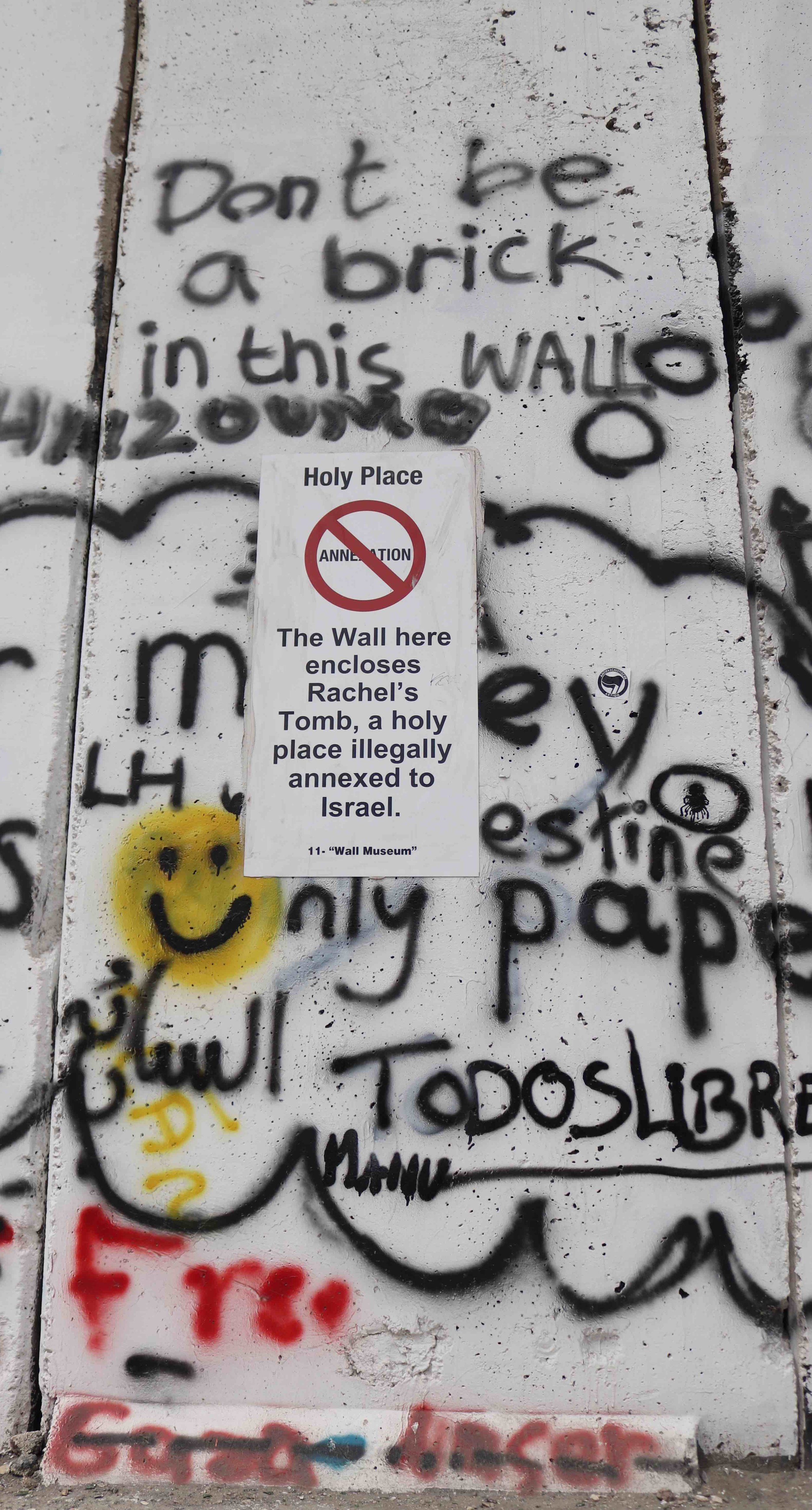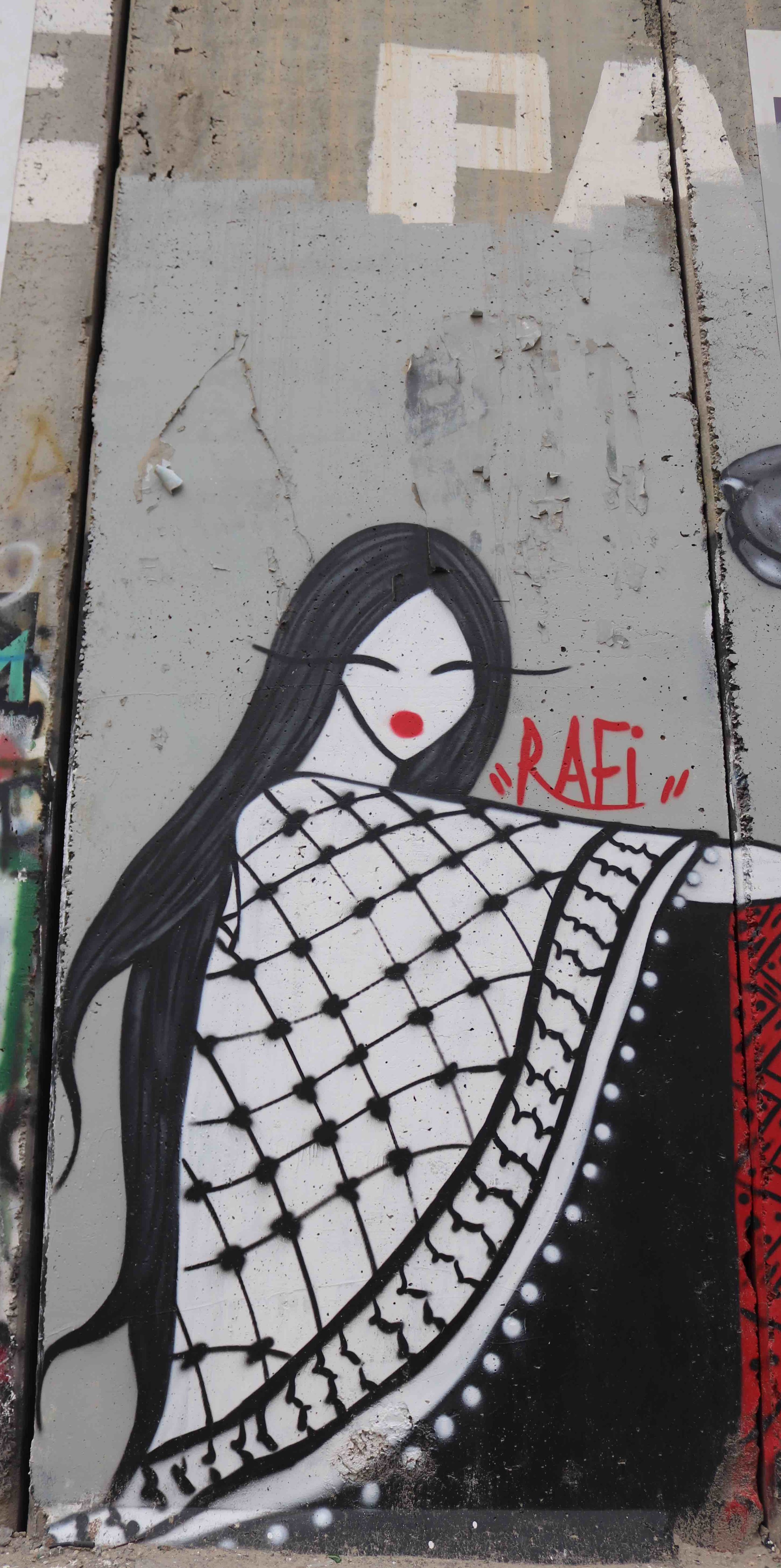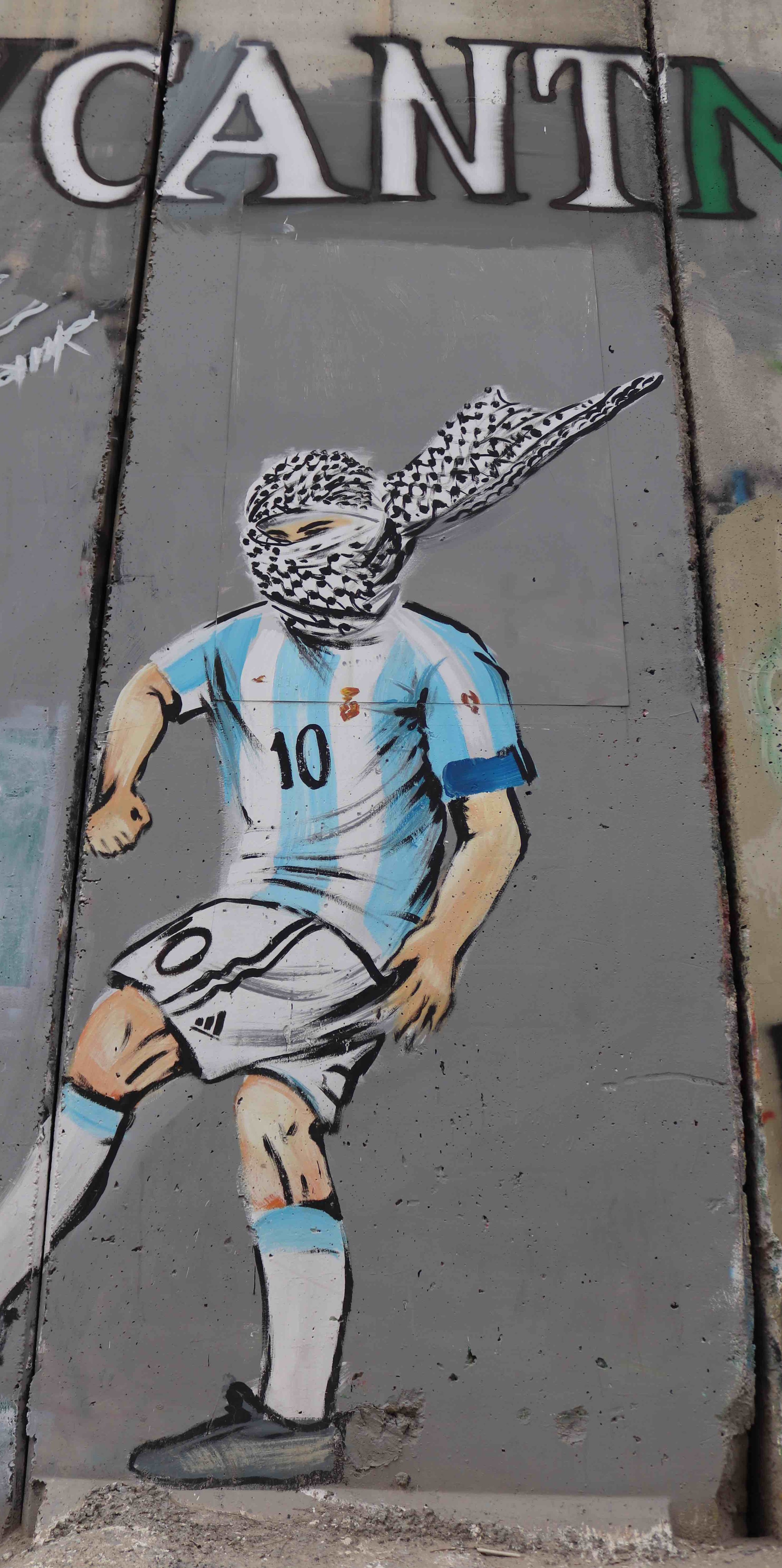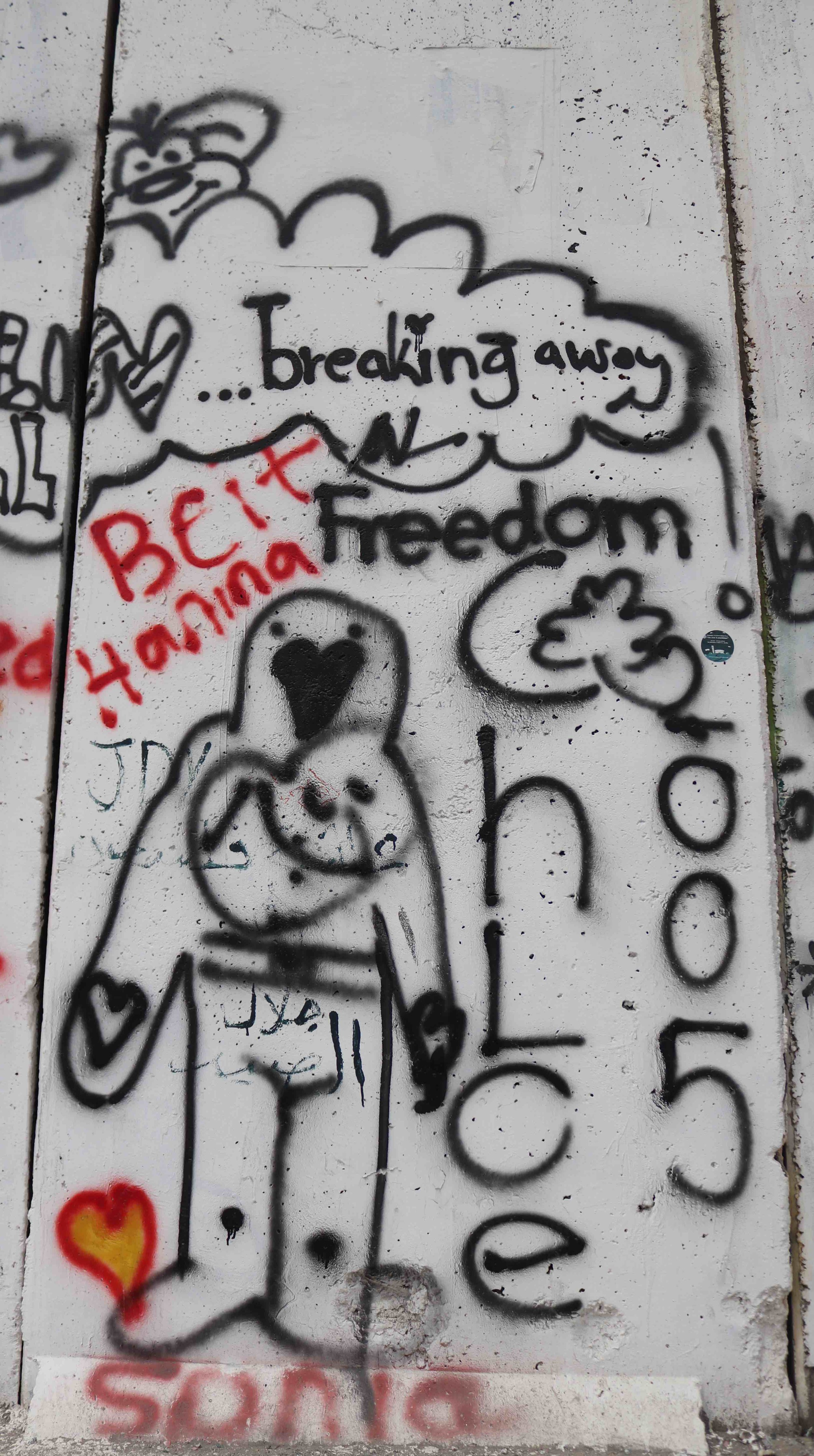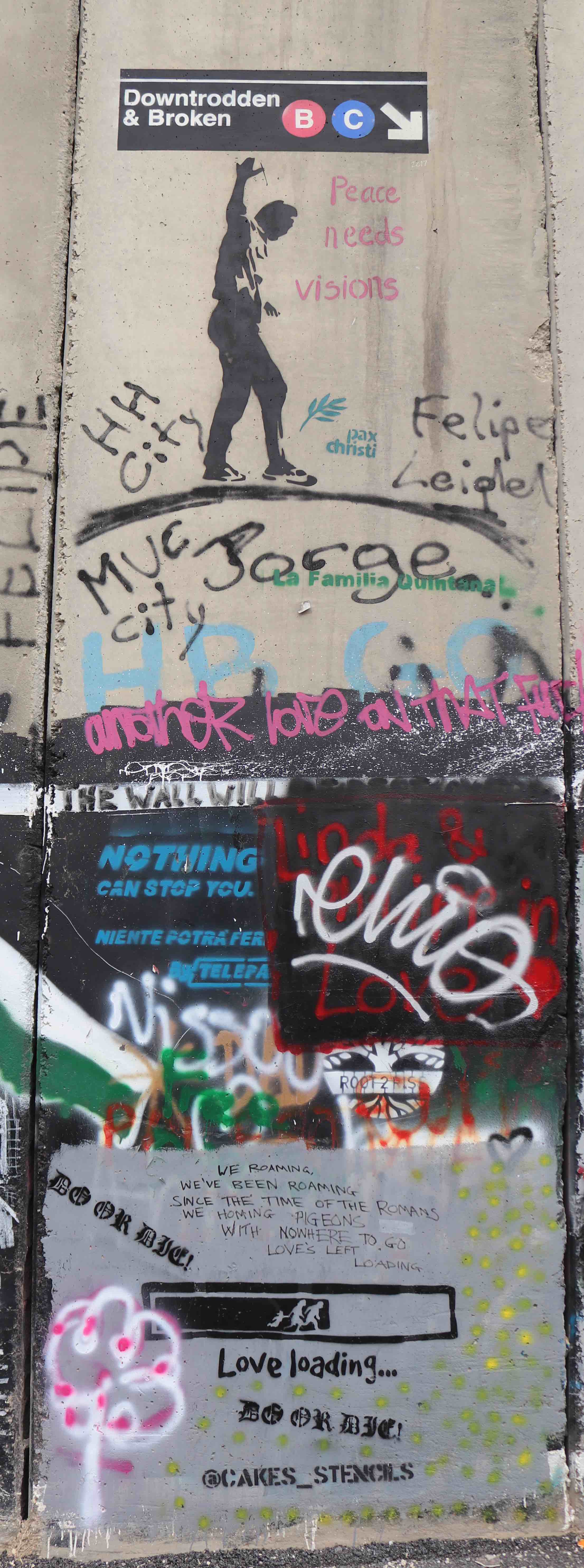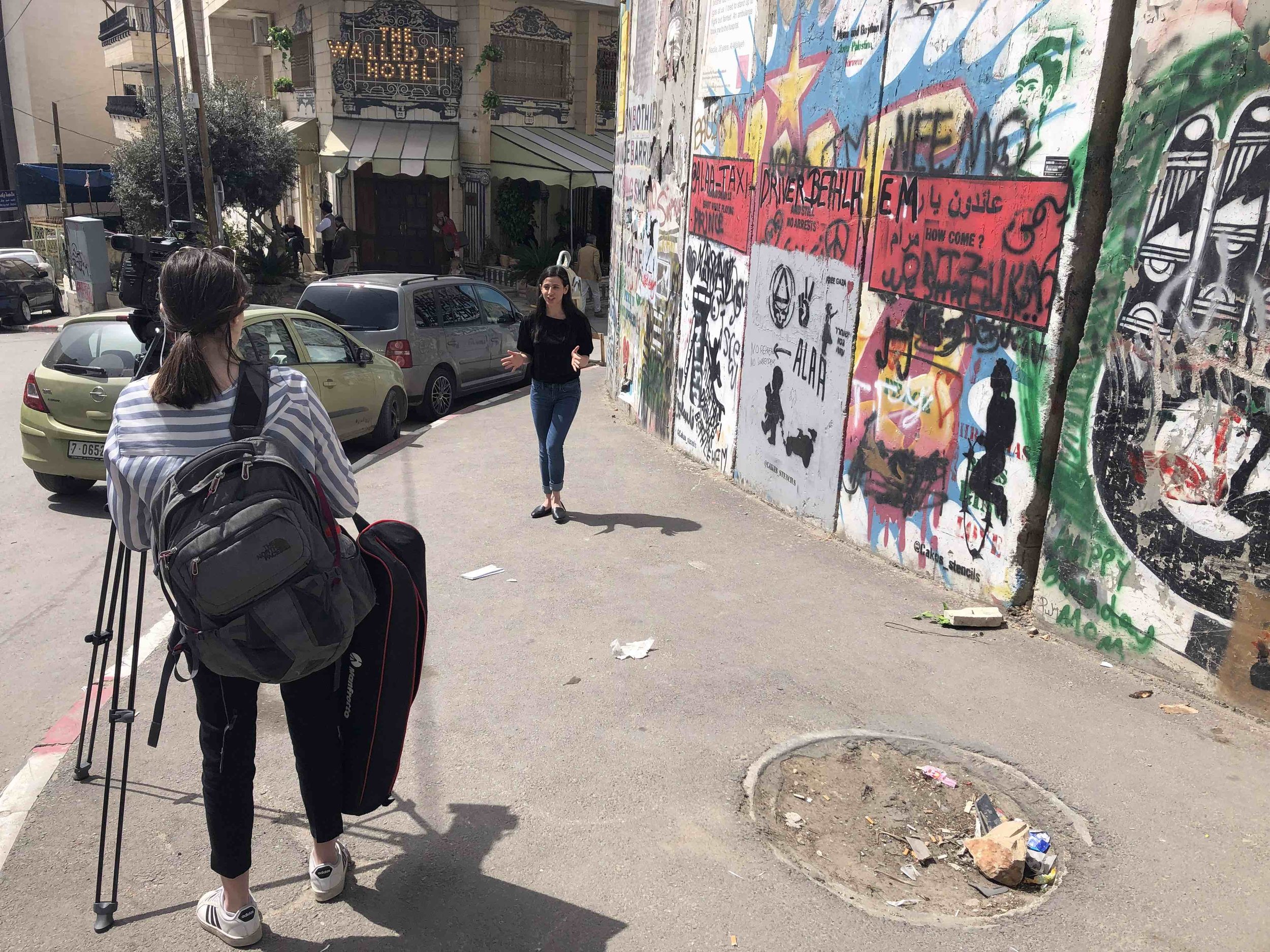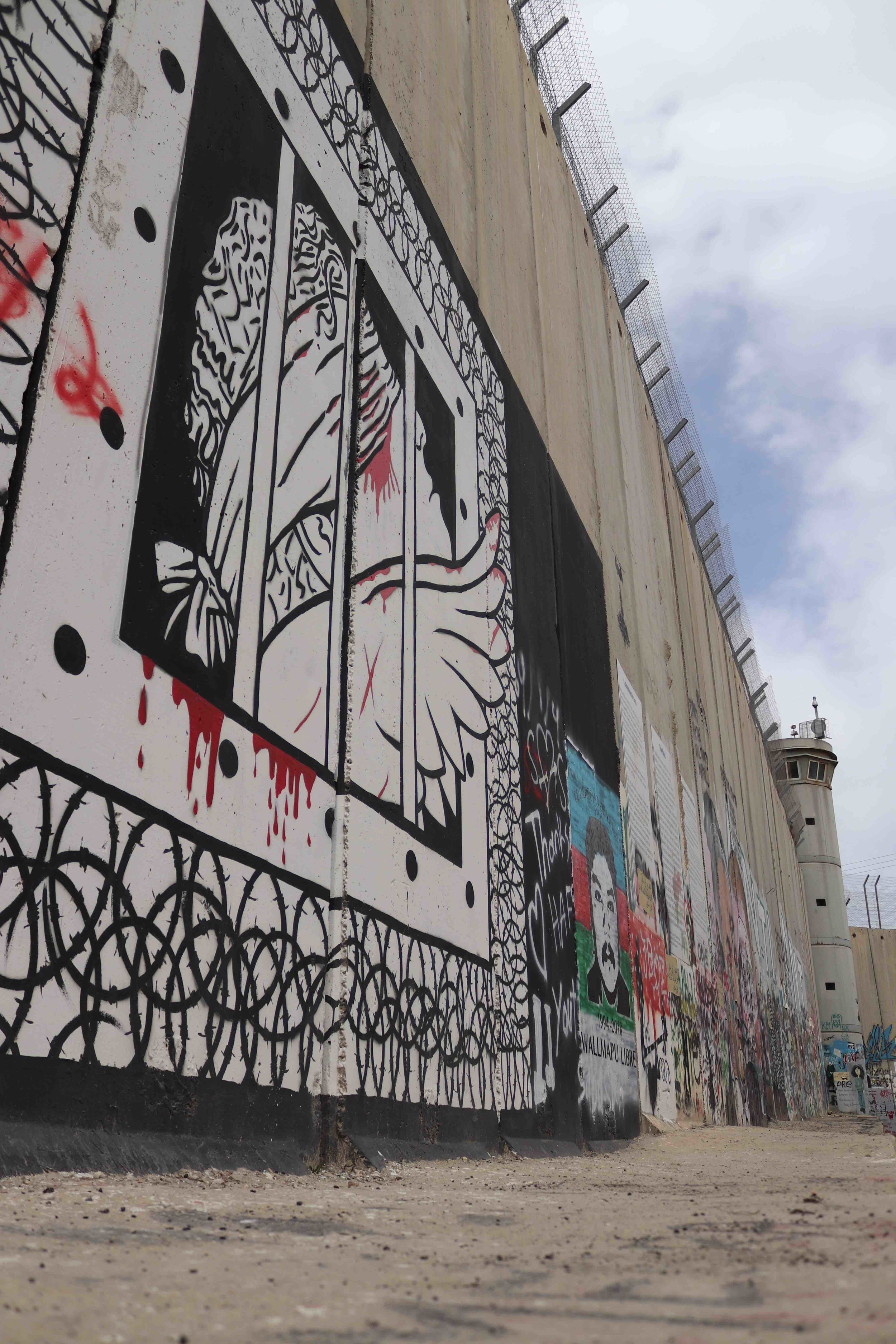Day 6 - Bethlehem, Gush Etzion
Tour guide Daniella Gefen explains geography.
One of the main reasons this place is so confounding is the cartography. Maps have been drawn, ripped up, re-drawn, discarded and then drawn all over again. It keeps changing, seemingly without end. Sometimes it’s a United Nations resolution that resets the table. Sometimes it’s a colonial power that picks up and leaves. And sometimes, it’s the Israeli government building walls that forces people to change their lives.
We started the day heading south out of Jerusalem towards Bethlehem. These two cities are now divided by a wall. From the Israeli point of view, it’s a security barrier designed to make it more difficult for terrorists to move and carry out their deadly attacks. And it worked. Here’s a graphic from the Israeli Security Agency showing the number of suicide bombings. The barrier was built in 2002.
Barrier wall seen looking south from Jerusalem towards Bethlehem
Tour guide Mustafa al Araj shows students the Palestinian side of the wall. He picked up several spent tear gas canisters.
For the Palestinians, the wall means something else. It’s a big pain. A pain to get to work, to the store, to visit friends in other parts of the country. But beyond the logistics, the wall represents humiliation and discrimination. Being forced into checkpoints at wall openings reminds each Palestinian who is forced to go that way someone else is in charge.
But there is a bright spot regarding the wall from the Palestinian perspective. When it first went up, graffiti was painted over. The Palestinians wanted to keep the wall as gray and ugly as when the Israelis first erected it, our tour guide Mustafa Al Araj said. But, they soon realized tourists would show up in droves to check out the artwork. This became an opportunity to spread the word about the Palestinian plight to many more people. And they were just showing up on their own. Now, much of the graffiti is pro-Palestinian. Some of the messages are uplifting, others are crass, several criticize Israeli Prime Minister Benjamin Netanyahu and President Donald Trump.
From the Bethlehem wall we went to the main draw of the town, the Church of the Nativity, where Jesus was born. Built in 335, the church has lasted for nearly two thousand years. But barely. In 614, the Persians invaded and destroyed most of the rest of the town, but when the got inside the Church of the Nativity, they saw images of the Three Kings. Thinking they were depictions of important Persian figures, the pillagers spared this building.
The entryway to the Church of the Nativity, where Jesus was born.
The nondescript doorway is on the right, where the tourists are standing.
Students inside the church, along with hundreds of other visitors.
Newhouse students interview Shaul Judelman, left, at Roots, a group that promotes peace in Israel.
From here we traveled to Gush Etzion, a collection of settlements near Bethlehem. A group called Roots is working to bridge what seems to be an intractable divide between Palestinians and Jews. We heard from Shaul Judelman, who said today’s young people in Israel are even less trusting than previous generations because they’ve grown up on social media, which distorts the reality of what’s happening in the country.
“Anger plus fear equals hate and I think it’s got a lot of us trapped.”
“I belong here, it doesn’t belong to me.”
Our midday eating installment, courtesy of our friends at Al-Sufara Restaurant in Bethlehem.
Restaurant owner Hatem and me.
Professor Joel Kaplan documents.
As good as it gets: street-fried falafel.
Some other photos of the day:
Newhouse BDJ student Sabrina Maggiore shoots a standup for Gilat Melamed at the Bethlehem barrier wall, in front of the Walled Off Hotel.
A long view of the graffiti on the wall separating Bethlehem from Jeruslem.
Orthodox Jew walks on his side of the barrier wall in Bethlehem.
Palestinian girl walks on her side of the barrier wall in Bethlehem.



